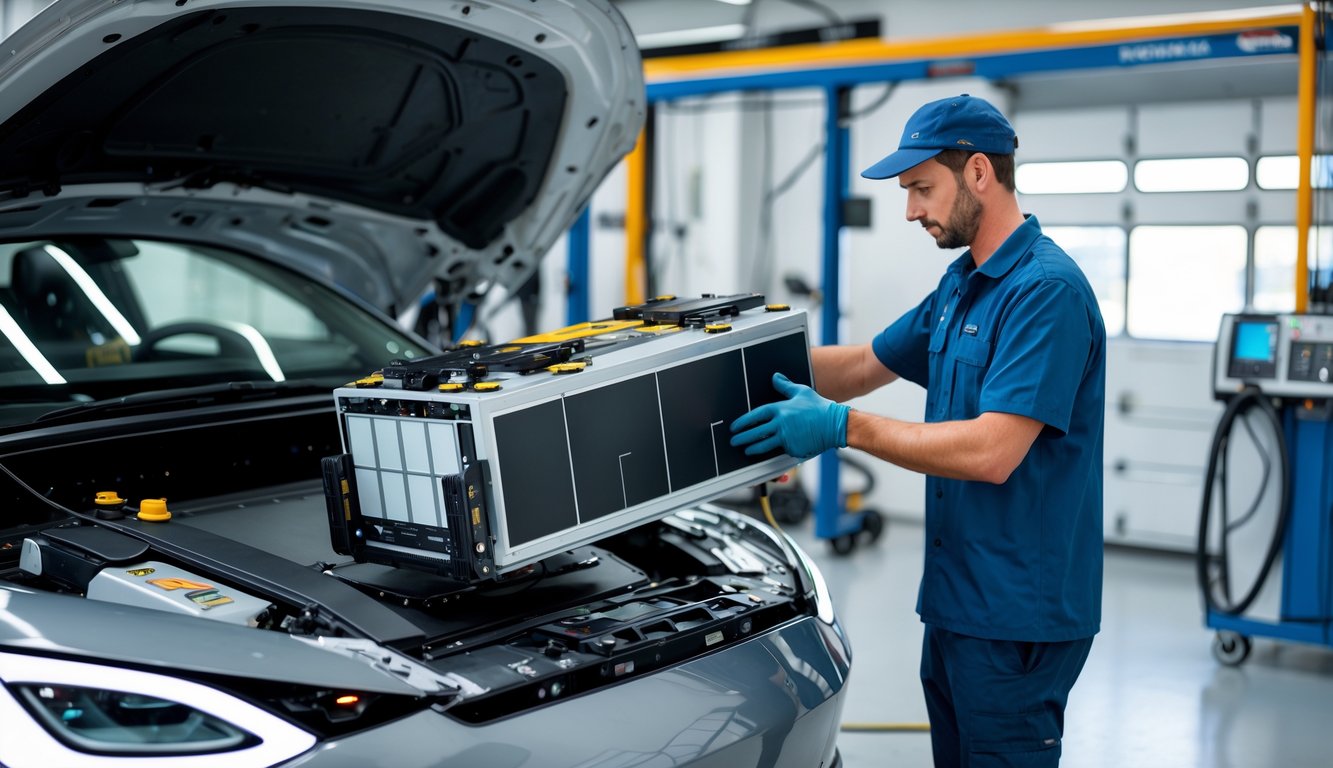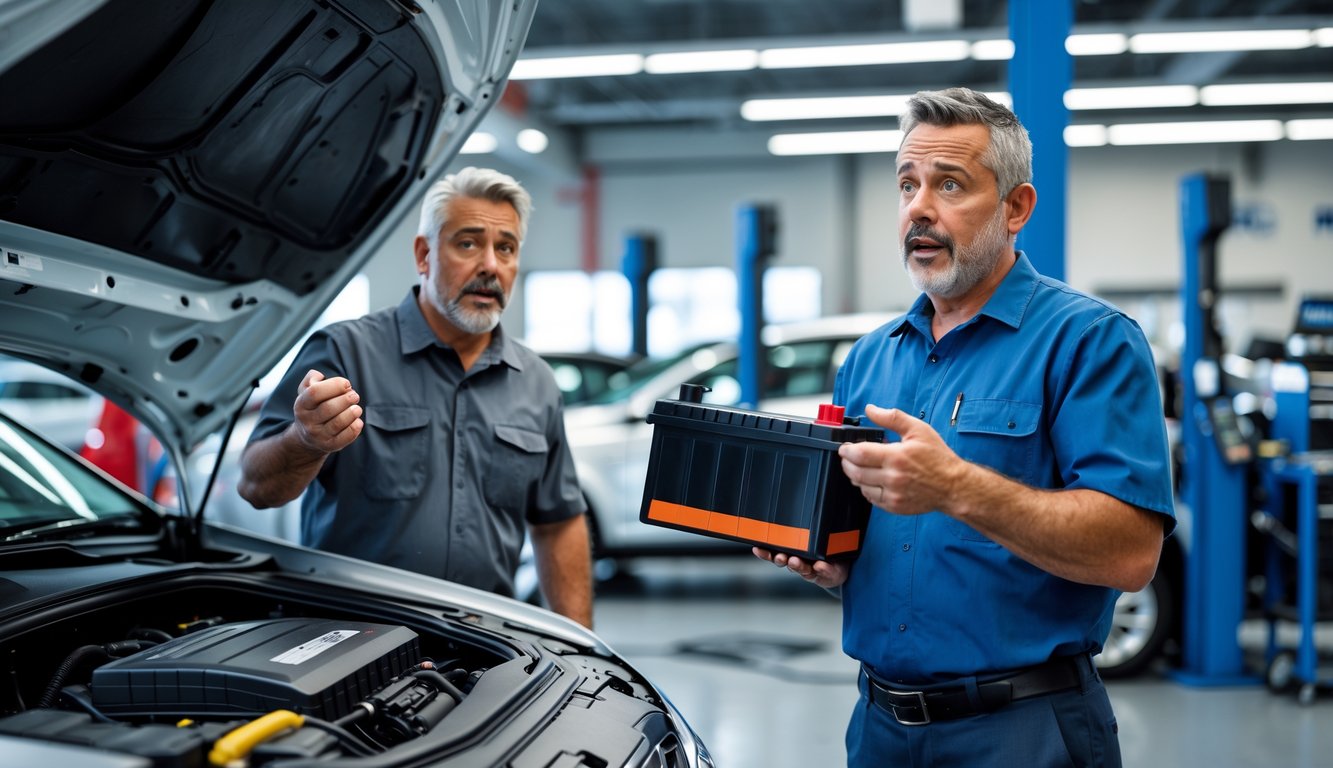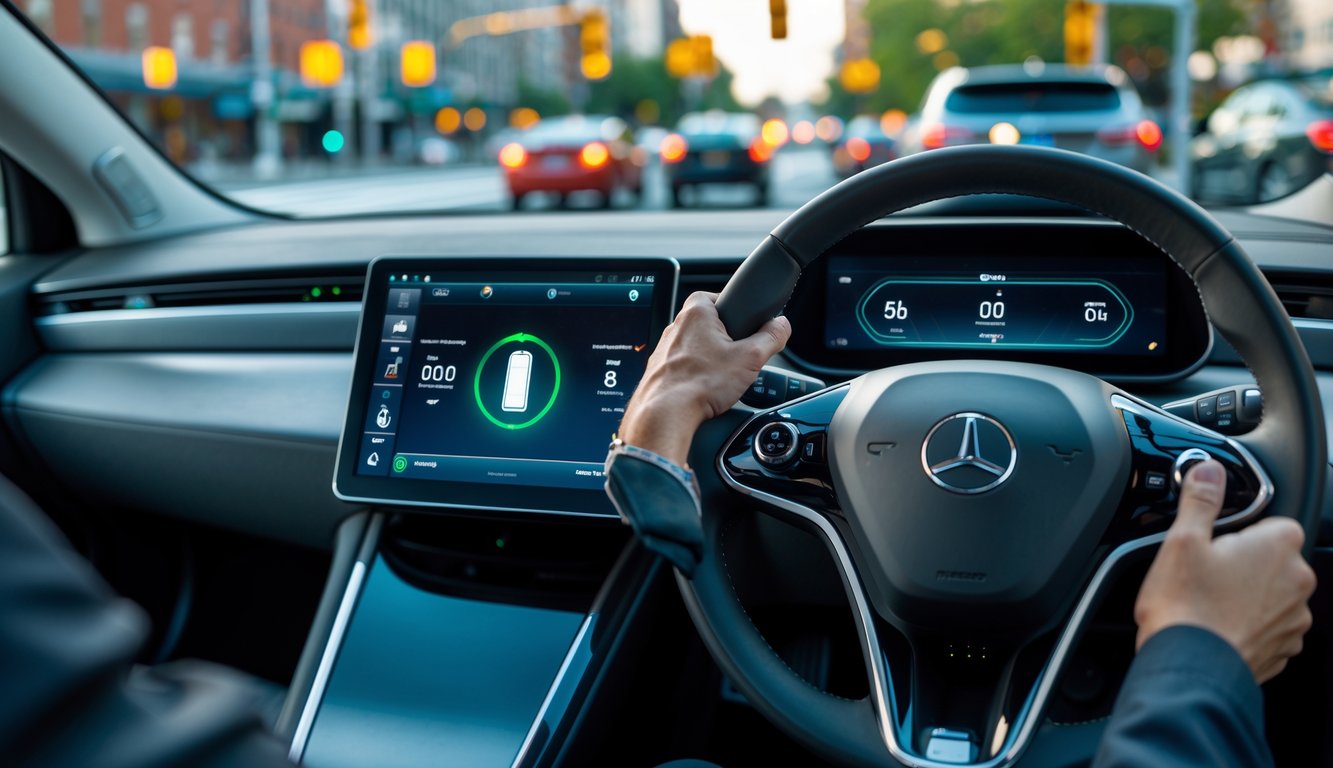
Types of Batteries Used in Electric Cars

Thought my battery would last like my grandma’s ancient mixer—nope. Lithium-ion is everywhere, sure, but the tech keeps mutating, the costs are all over, and honestly, the eco-guilt is real.
Lithium-Ion Batteries: Pros and Cons
Lithium-ion. It’s in my Bolt, your neighbor’s Tesla, Aunt Linda’s Leaf. Every engineer I’ve met just shrugs and says, “yeah, that’s what’s in there.” It’s lighter, better than nickel metal hydride (why do people still bring those up?), holds a charge for ages, but the price stings.
Here’s what bugs me: Supposedly, you get 1,000–2,000 full charges before real degradation (Dept. of Energy says so), but EV forums are packed with people losing range at year five. Hot weather? Battery killer. Anyone in Phoenix getting 250,000 miles? I haven’t met them. Someone at a car show said, “If you get 120,000 before it fades, celebrate.” And replacing the pack? $5k to $20k, sometimes more, if you’re out of warranty.
Advances in Battery Technology
Faster charging always gets hyped, but solid-state miracles? Not seeing them. My neighbor works R&D for a big auto supplier and rolls his eyes every time someone mentions “graphene.” Real progress is in boring stuff: better electrodes, smarter cooling (passive cooling? not enough), slightly different packaging. Don’t expect magic every year.
Everyone’s excited about lithium iron phosphate (LFP)—less fire risk, solid for city cars, but in the cold? Range tanks. Automakers keep chasing silicon anodes and solid electrolytes, but making them at scale? Nightmare. Battery warranties are still full of marketing fluff, so if you’re waiting for an “indestructible” pack, I’d say don’t hold your breath.
Recycling and Sustainability Concerns
Nobody brings up battery disposal when you’re signing that lease. Landfills don’t want them, EPA calls them hazardous in most states, and “recycling centers” often just ship the mess overseas. My mechanic’s always grumbling about old Leaf cells stuck in his shop—recycling is a logistical mess and pays next to nothing.
Car companies love to tout “circular economy” plans, but in reality? Less than 10% of lithium-ion batteries get recycled in the U.S. (University of Michigan, 2023). The rest? They just sit in warehouses, waiting for some miracle. I read about one battery powering a glamping tent in Vermont—meanwhile, most are just gathering dust.
Unexpected Repair Scenarios and Dealer Experiences

I seriously did not expect to be in the battery replacement club before year five. But here we are. There’s a survey out there—over 500 owners, a ton of BEVs—showing repairs and replacements happen way earlier than the glossy brochures claim.
Real-World Stories of Early Battery Failure
I keep thinking about the Model 3 owner who needed two battery swaps before 75,000 miles. Both under warranty, but still—how do you plan for that? EV recall rates? Supposedly double what gas cars see. I wish I was kidding, but the repair data backs it up.
Even new models with “spare” capacity (aka, they hide early battery fade) aren’t immune. First-gen EVs from 14 years back had the worst failures, but newer ones aren’t off the hook. Repairs are more complicated, more electrical stuff to break, and most owners don’t even know this is a thing until they’re staring at a service invoice. And then everyone argues over who’s paying.
Dealing with Dealerships and Service Centers
I used to think I’d drop my car off, grab a coffee, and come back to a fixed EV. Nope. EV repair wait times can drag on and on—worse than my old Civic ever saw. My “quick” battery repair? Nearly a week, even with warranty.
Dealers always have a reason: parts aren’t in, diagnostics take forever, loaners are “all out.” A lot of techs are figuring it out on the fly—I’ve heard them admit it. The Wall Street Journal even called out the higher repair bills and wait times, so it’s not just me. Want a clear repair bill? They just hand you a number, circle it, and hope you don’t ask questions.
How Driving Habits Influence Battery Longevity

Honestly, I’m still confused about what’s really killing my battery. Some say “topping off” every night is the villain, others swear not preconditioning in winter is the real crime. Who knows? Rapid charging, heat, endless city traffic—it’s all a mess.
Charging Patterns and Battery Health
So last summer, I started using fast chargers more, thinking I was clever. My range tanked after five months. There’s a Stanford study (Nature Energy, Dec 2024) that claims real-world charging habits—never fully charging or draining—can boost battery life by 40% compared to lab numbers.
But then, Tesla says don’t charge past 80% daily, and literally everyone ignores it unless they’re road-tripping. Battery chemists warn that lithium-ion hates being kept full or empty. Is that practical? Not if you’re me, panic-charging at 28%.
If you plug in every night, don’t leave it at 100% all the time. And rapid DC charging? Sure, it’s fast, but engineers say overdoing it means your battery will hate you sooner.
Environmental Factors That Matter
Last July, my LEAF flashed a battery temp warning and I had no clue why—someone on a forum explained: high heat plus traffic equals cell damage.
Heat is rough on batteries, plain and simple. Cold? You lose range and charging slows to a crawl. Tesla’s battery folks even admit that temps above 30°C or below -5°C will eat away at capacity, no matter how gentle you are. And honestly, who’s checking their battery thermal management settings? I’m not.
Weird detail: parking outside in the sun versus a garage made my Bolt’s range drop more than I expected, even though both “handled” the same heat. Some EVs just don’t have the thermal management the sales pitch promised. So that “effortless” EV experience? Not always what you get in real life.
Impact of Short Trips Versus Long-Distance Drives
So, every time I string together three errands—each, what, five, maybe six miles apart—my car’s dashboard starts nagging me about “battery health.” Honestly, it feels like the car’s judging me, but apparently, Stanford’s latest research says these short, random city runs actually don’t hammer the battery as hard as the old lab data claimed. Who knew? Everyone’s always repeating that old “short trips kill your battery” thing, but with EVs, it’s different. Their battery management systems barely ever let you run the pack down all the way, so the depth of discharge is pretty shallow. Supposedly that means less wear. I mean, that’s what the data says, but I still don’t totally buy it. Maybe I’m just old-fashioned.
Now, those endless highway hauls—like, I-5 from Seattle to Portland, cruise control on, barely stopping except to panic over some charging app because I’m trying to hit that magic 80% charge target… I always end up more worried about my phone dying than the car. The battery heats up, the system’s working, but honestly, I’m just bored and hungry, and then the dashboard yells at me again.
I tried tracking all my trips—short, long, whatever—in a spreadsheet, tossed in weather, charging habits, the whole bit. Did it help? Nope. The only pattern: if I cycled the battery deep, over and over, especially with fast charging, my warranty claims crept up. And then, just to mess with me, that one time I left the car unplugged all weekend, I got more range the next morning. Batteries are weird. Maybe they’re shy.
